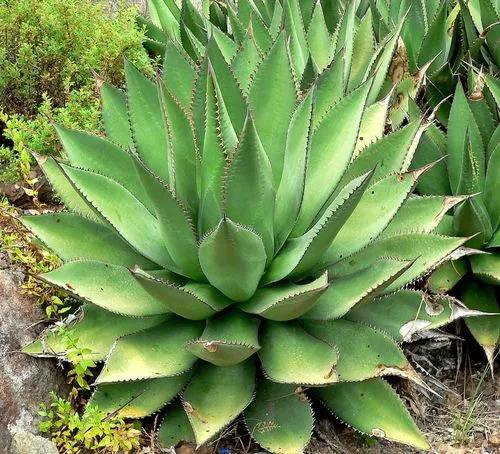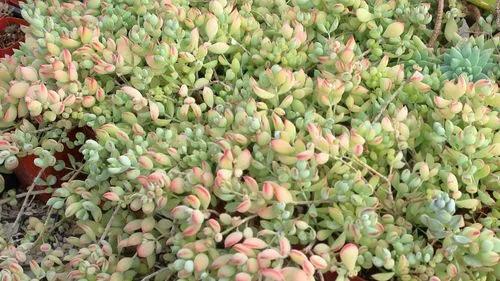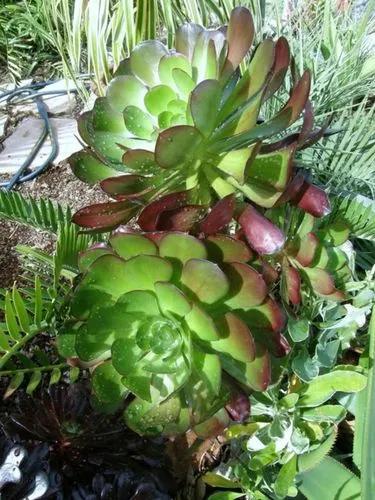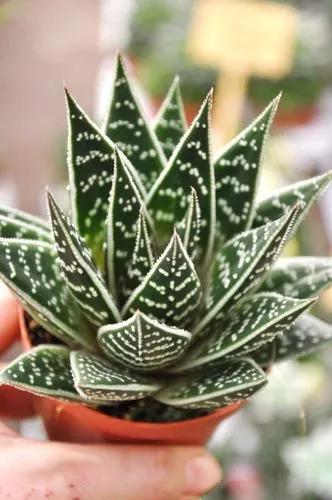Blue chalksticks is a succulent plant from the genus Curio in the family Asteraceae. This plant thrives in South Africa in the wild, where it grows among the sands and stony cliffs. However, gardeners worldwide grow this plant as an ornamental and appreciate its amazing appearance.
Blue chalksticks Care
Senecio serpens



Blue chalksticks is a low-growing dwarf shrub. Growing in an unlimited area, it forms a dense grassy mat. Its height reaches up to 8 inches (20cm). The leaves are finger-shaped and fleshy. A distinctive feature of the plant is its silver-blue color. The plant produces small and round flowers. The flowering season is usually in spring and autumn.
How to Care for the Plant

Water

Blue chalksticks do not require much liquid. It is better not to water the plant if the soil under it has not dried up. In winter, it is especially important not to flood the plant so as not to harm the root system. It is better to water it 3 times a week in summer, 1-2 times in spring and autumn, and once a month in winter.

Pruning

Like other succulents, Blue chalksticks do not require special pruning. However, if your plant has caught the disease, you can remove the damaged parts and treat nearby branches with fungicides.

Fertilizer

The fertilizer for Senecio mandraliscae should contain a minimum amount of nitrogen and a maximum of phosphorus and potassium. The fertilizer for cacti and other succulents is suitable. You can add fertilizer every 20-30 days.

Sunlight

Blue chalksticks needs special lighting. You should provide the plant with direct sunlight in the morning and evening and shade or partial shade during the day. From the lack of light, the plant begins to fade and shrink.

Soil

Senecio mandraliscae is undemanding to the ground. You can use a sandy substrate with the addition of binders and nutrients. To prepare the mixture yourself, use equal amounts of sand, peat, crushed humus, and leafy soil. Such a mixture should be neutral or slightly acidic.

Propagation

You can propagate Blue chalksticks with sprouts or cuttings. Also, the plant can germinate from seeds. The most effective method is cuttings. Branches must be at least 5 cm long. Let them dry for a day, and place them in a mixture of peat and sand. In one to two weeks, the plant will give roots.

Temperature

Blue chalksticks prefer warm climates. The ideal temperature for it would be 68-78 degrees Fahrenheit (20-26 Celsius). Although the plant can tolerate temperatures of 45 Fahrenheit (7 Celsius), keeping it in such conditions for an extended period is undesirable.

Container

If you are growing Blue chalksticks at home, choose a pot that allows the plant to expand. The container must also hold a drainage layer, which will take up 1/3 of it. The material of the container is not important.

Fun fact

With the help of Blue chalksticks, people look for nitrogen. This plant chooses for itself soils that are rich in this substance.

Popularity

951 people already have this plant 279 people have added this plant to their wishlists
Discover more plants with the list below
Popular articles






